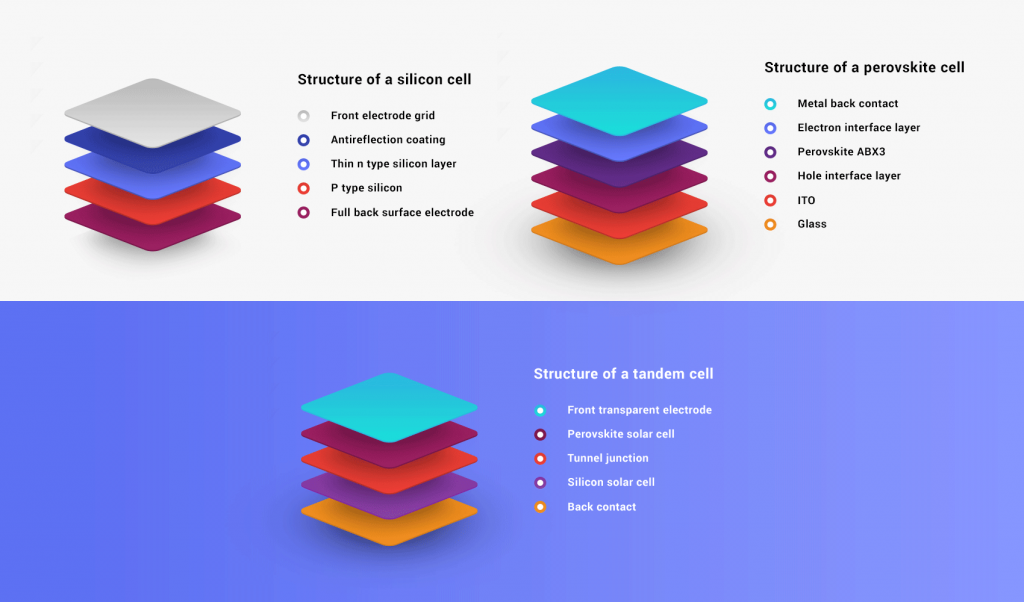
Solar technology has emerged as a pivotal solution for addressing energy needs in developing countries. Its applications span various sectors, providing sustainable and reliable energy sources. Here are some key applications and case studies:
1. Photovoltaic (PV) Power Generation
Photovoltaic power generation is one of the most common applications of solar technology in developing countries. PV systems can provide reliable electricity to remote areas, addressing the issue of power shortages. For example:
- Africa: In Garissa County, Kenya, a solar power plant built by a Chinese company effectively addresses local electricity shortages, continuously providing clean power to the residents.
- Middle East: The Al Dhafra PV2 solar power plant project in the UAE is connected to the grid, meeting the electricity needs of 200,000 households and reducing carbon emissions by 2.4 million tons annually.
2. Solar Thermal Power Generation

Solar thermal power generation uses solar thermal energy to generate electricity, suitable for areas with strong direct sunlight. For example:
- Spain: The tower solar thermal power plant in Seville is a typical case of solar thermal power generation.
3. Solar Heating

Solar heating technology is widely used in agricultural production and industrial manufacturing. For example:
- Egypt: In the “2035 Comprehensive Sustainable Energy Strategy,” Egypt aims to achieve a renewable energy generation capacity of 61 GW by 2035, with 43 GW from solar power.
4. Solar Microgrids
Solar microgrids can provide electricity to remote and dispersed communities. For example:
- Africa: According to a recent World Bank article, by 2030, solar microgrids could provide uninterrupted power to 380 million people.
5. Building-Integrated Photovoltaics (BIPV)

Integrating solar panels with buildings can generate power and save energy. For example:
- Tesla’s Solar Roof System: Tesla’s solar roof system can be fully integrated into house construction, indistinguishable from traditional roofs.
6. Solar Applications in Agriculture

Solar technology is also widely used in agriculture, such as solar irrigation systems, which can improve agricultural productivity and reduce reliance on traditional energy sources.
7. Policy Support and International Cooperation

Many developing countries are promoting solar technology through policy support and international cooperation. For example:
- China’s Belt and Road Initiative: China actively participates in solar projects in developing countries under the Belt and Road framework, providing technical and financial support.
Conclusion
The application of solar technology in developing countries not only helps solve energy shortages but also promotes sustainable economic development and environmental protection. Through various forms such as photovoltaic power generation, solar thermal power generation, solar heating, solar microgrids, and building-integrated photovoltaics, solar technology is transforming the energy landscape of developing countries.
References:
- Future Energy World Leader: Solar Energy – Institute of Electrical Engineering, Chinese Academy of Sciences
- Towards Green Development: China’s Overseas Renewable Energy Investments
- Solar Panels: Integrating Buildings with Energy | ArchDaily
- China Energy News – Accelerated Development of the Global Photovoltaic Industry

ENERGIZING YOUR LIFE
Karstsolar, based in Shenzhen, is a company dedicated to solar panel production and international trade. Founded in 2009, Karstsolar boasts extensive experience in solar technology and a remarkable track record in global market expansion. We take pride in delivering efficient and reliable solar solutions to clients worldwide.
